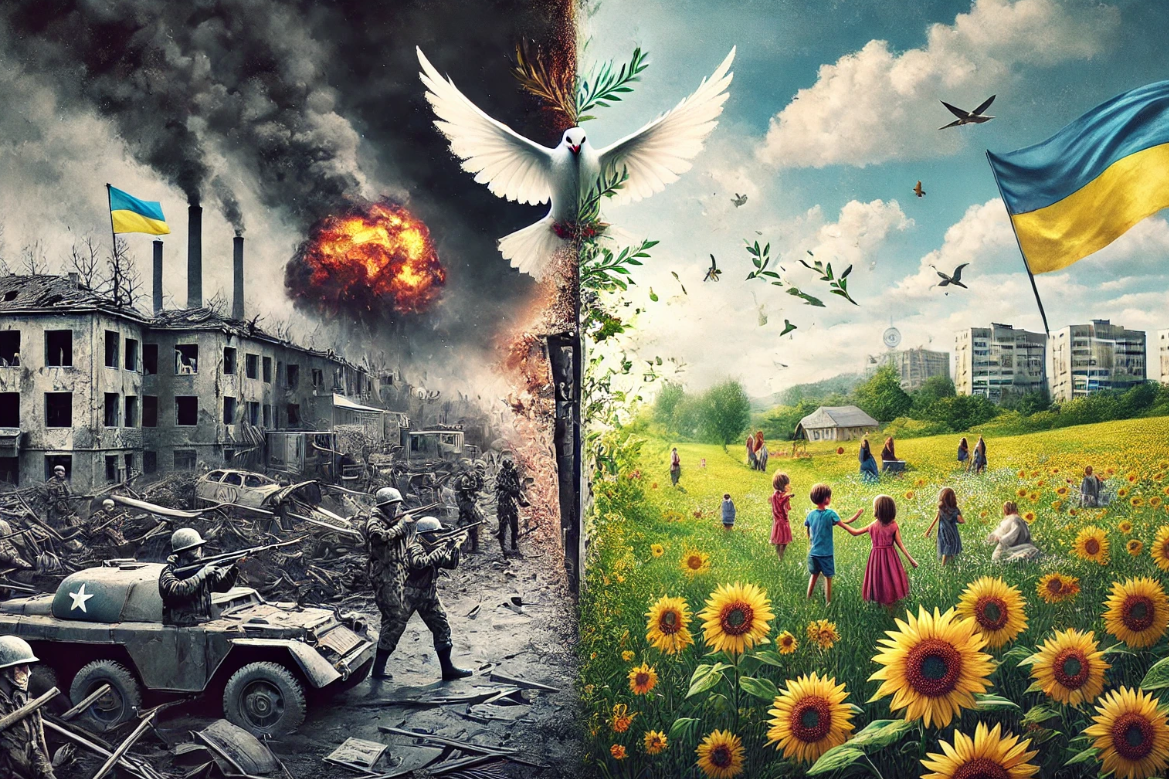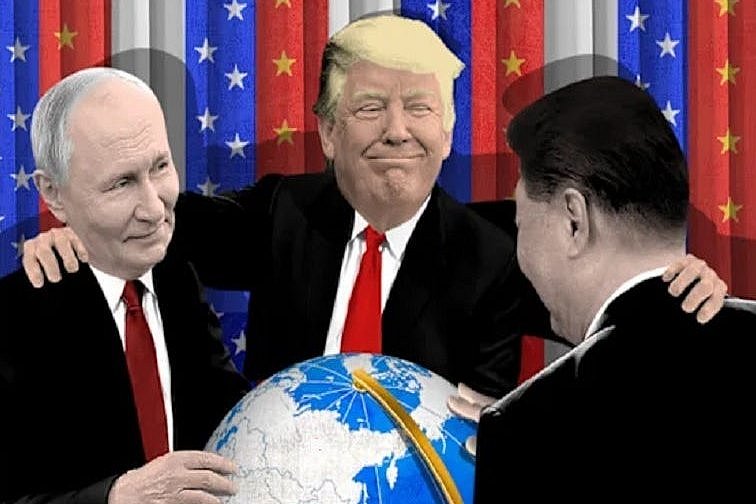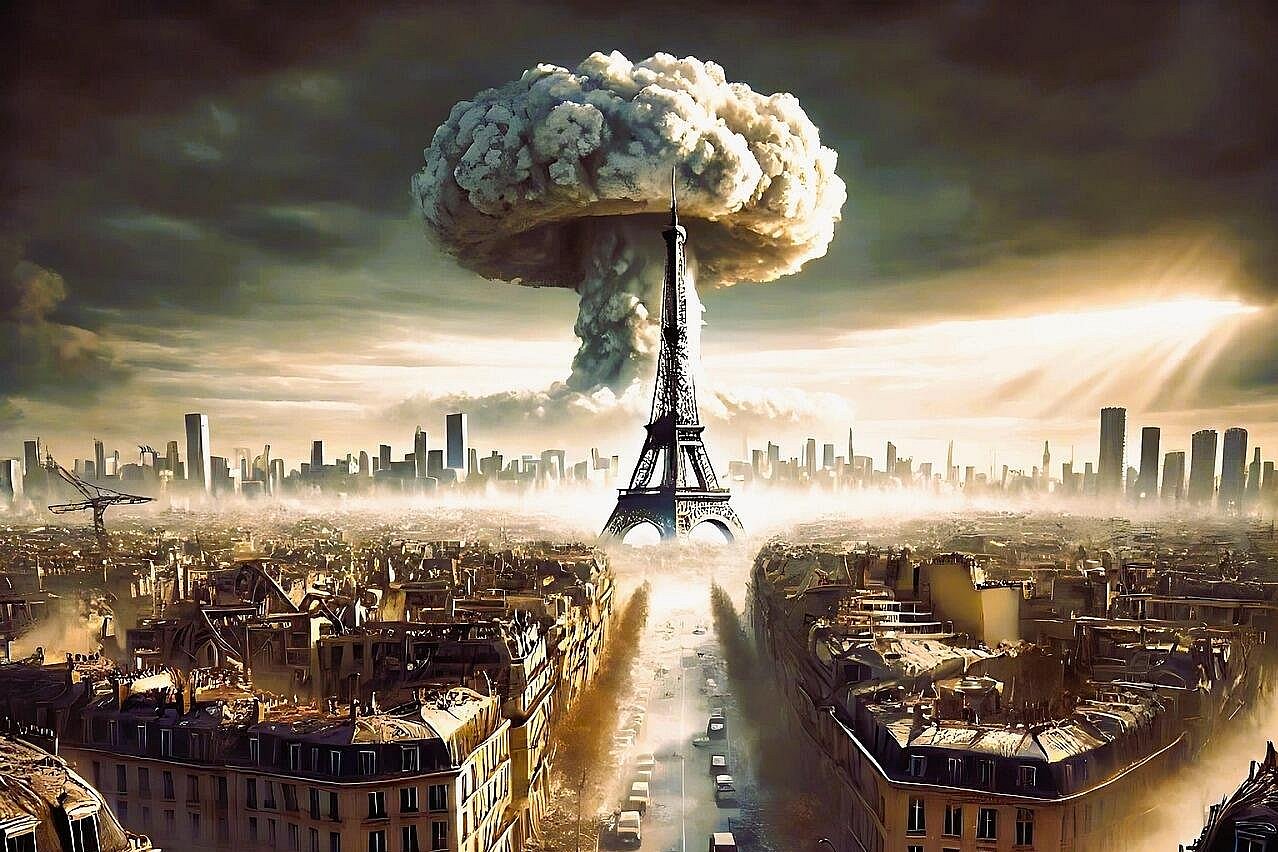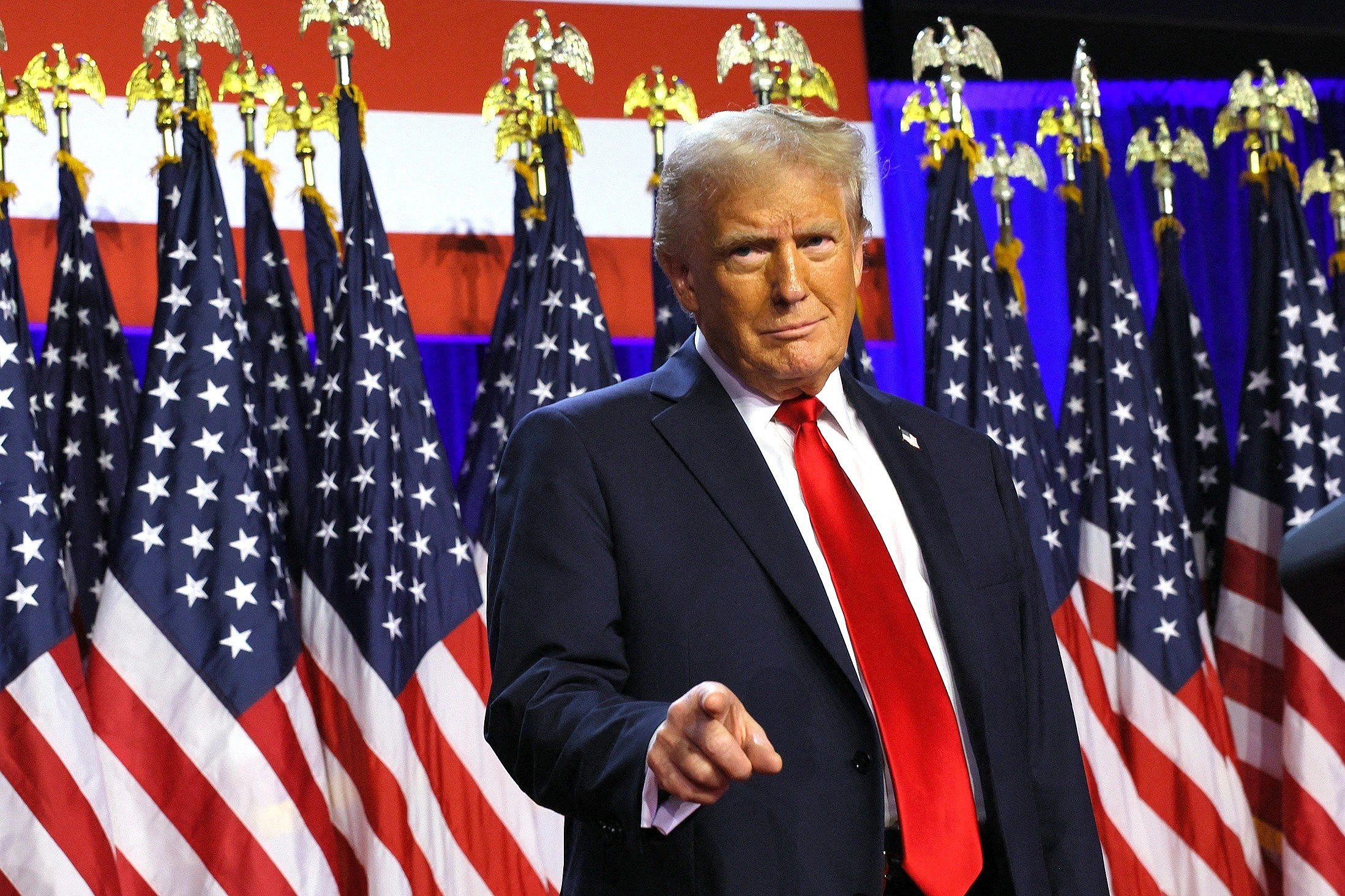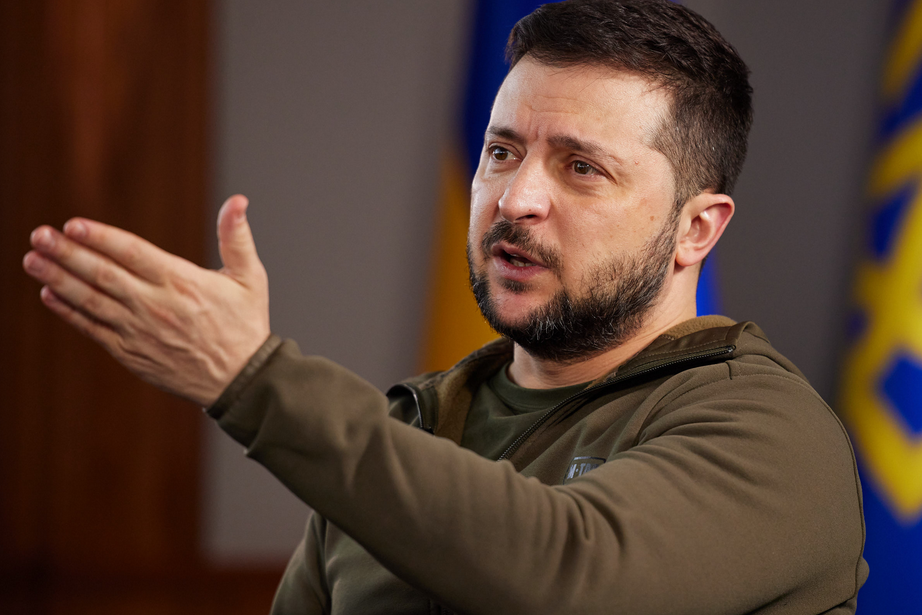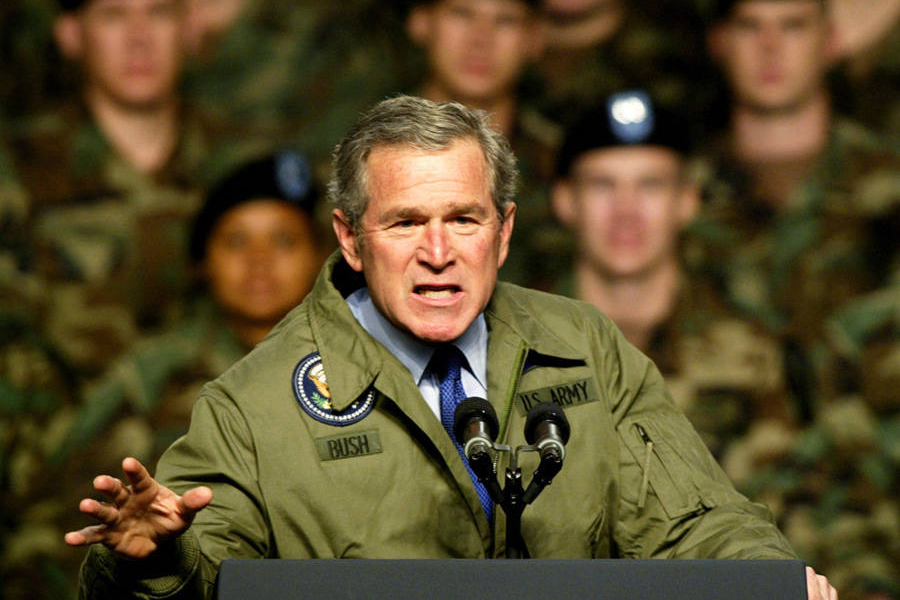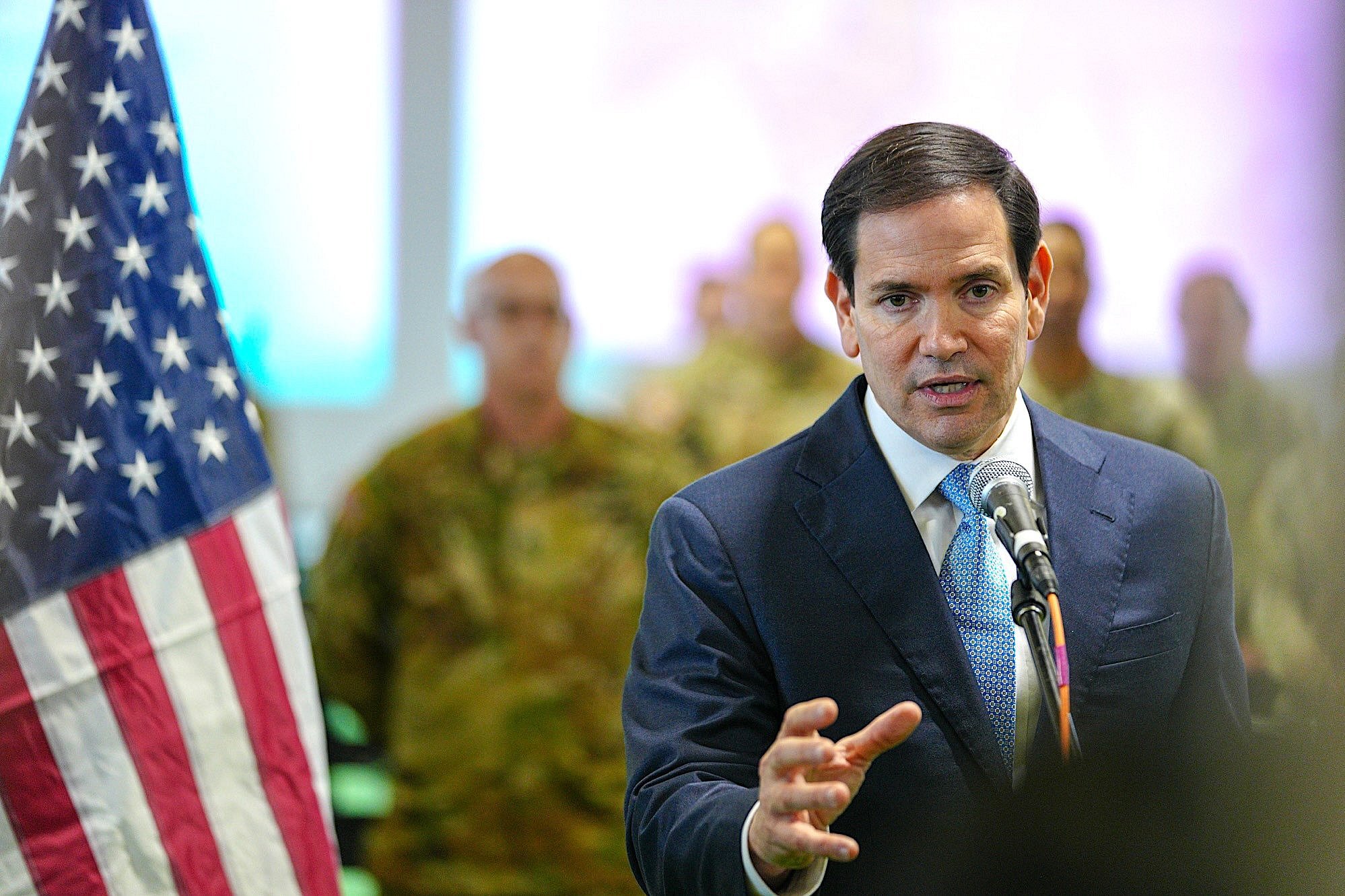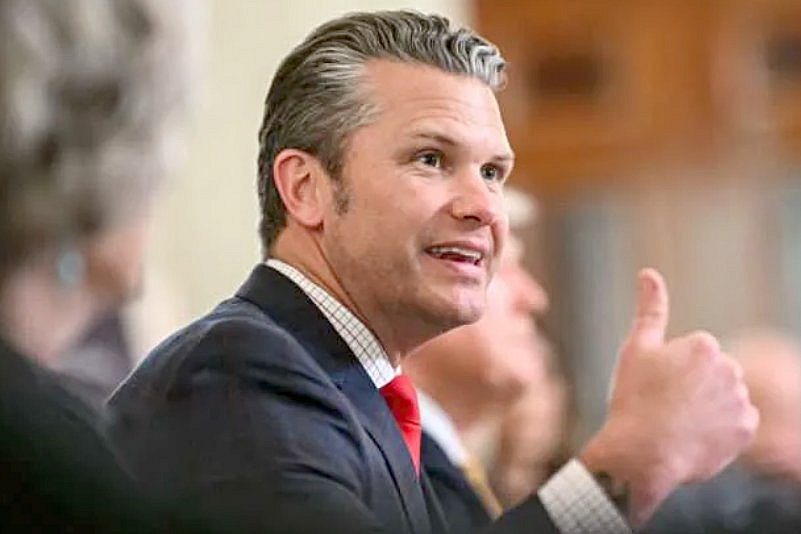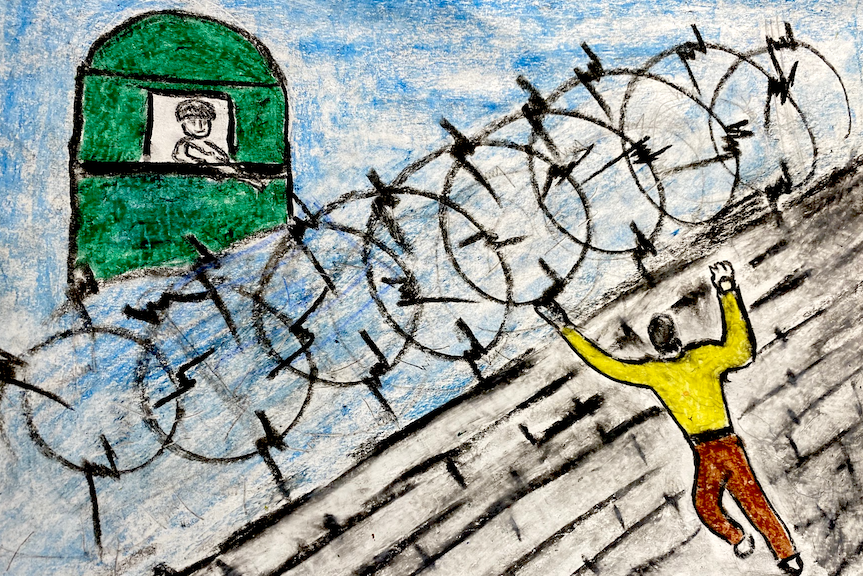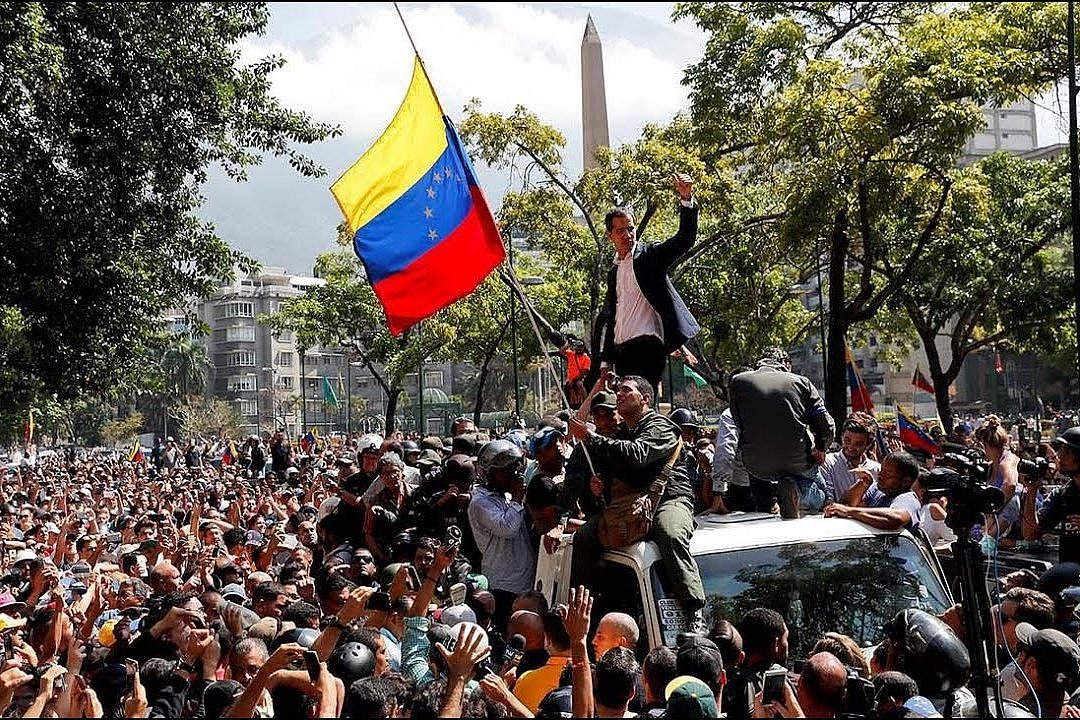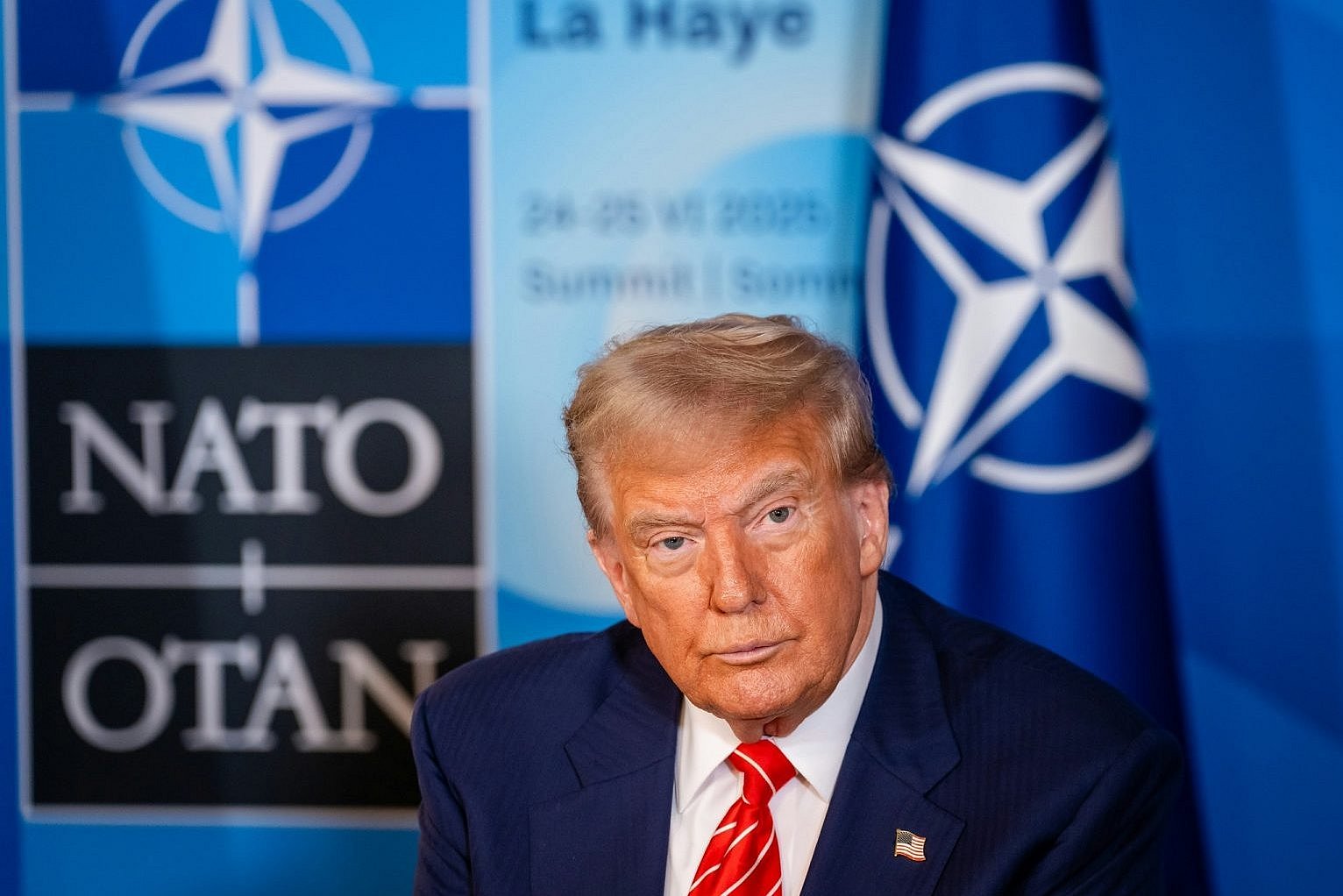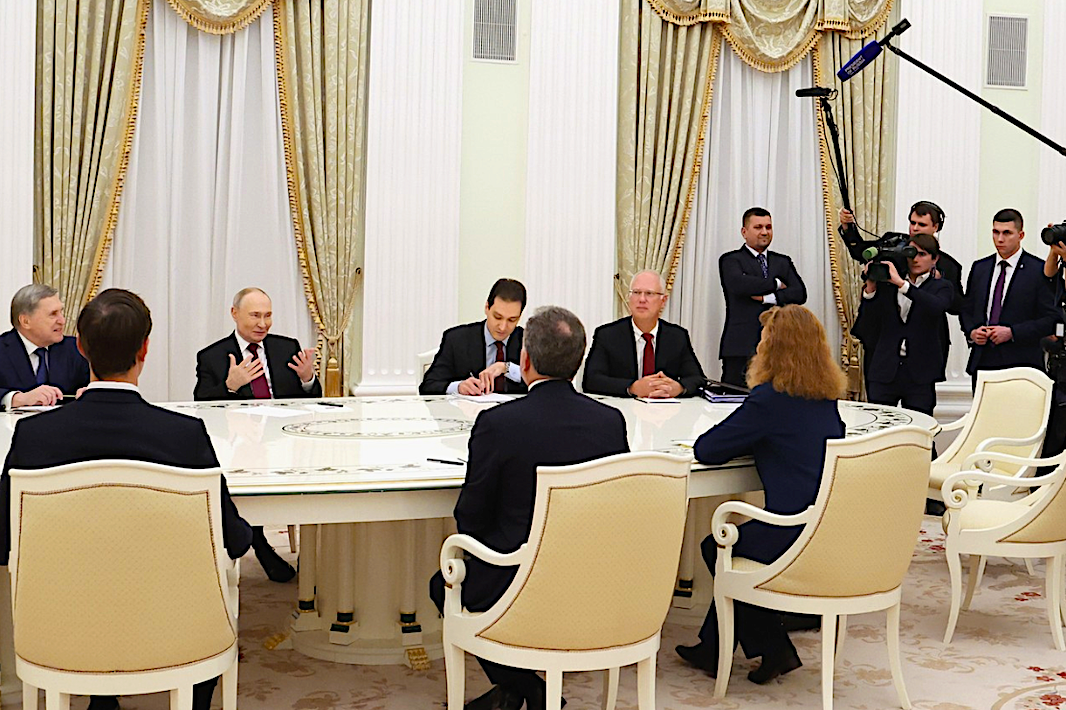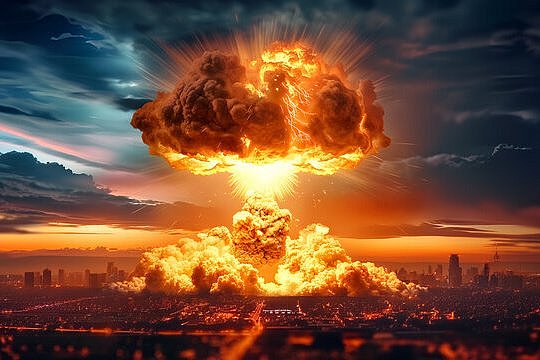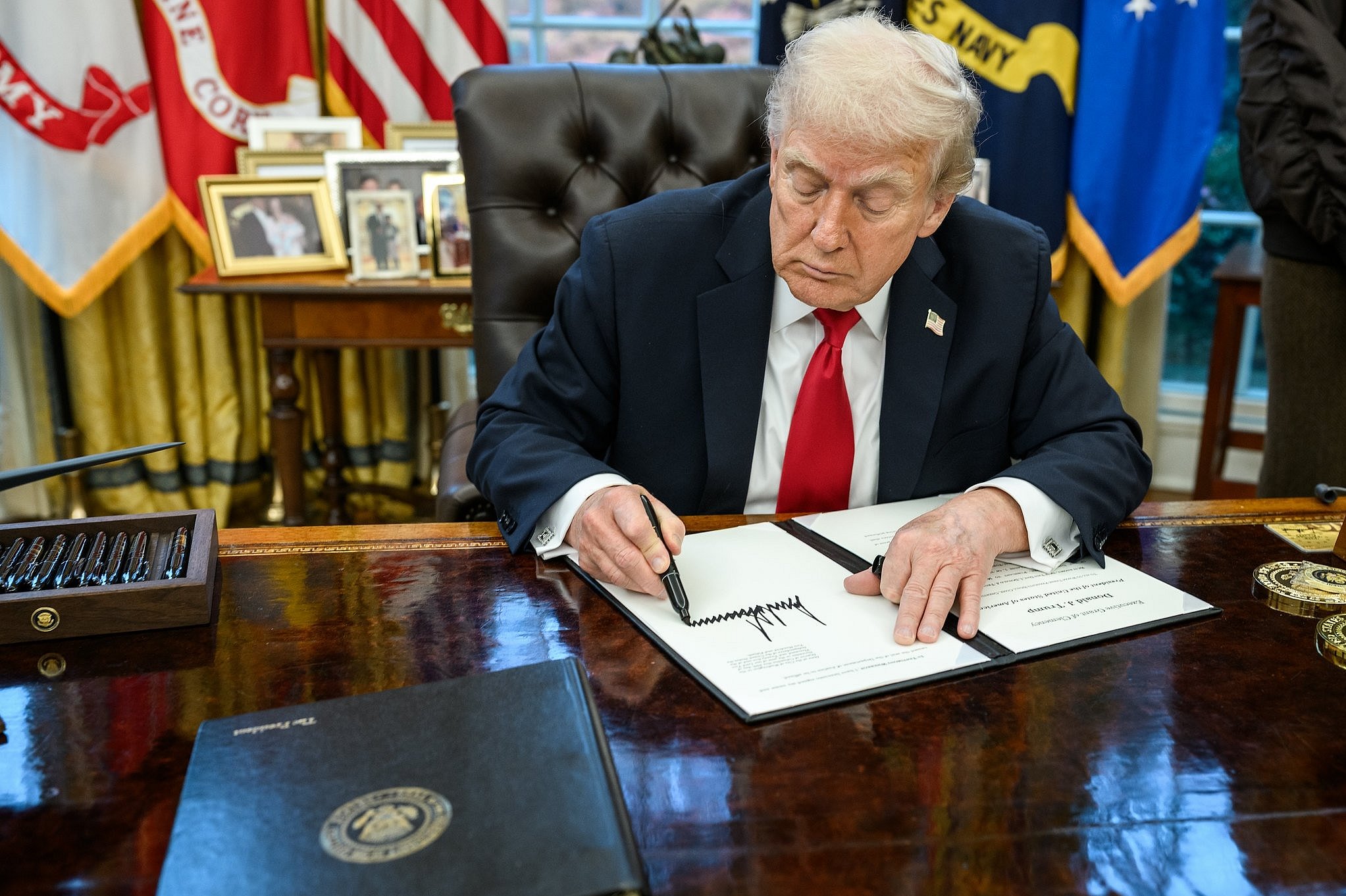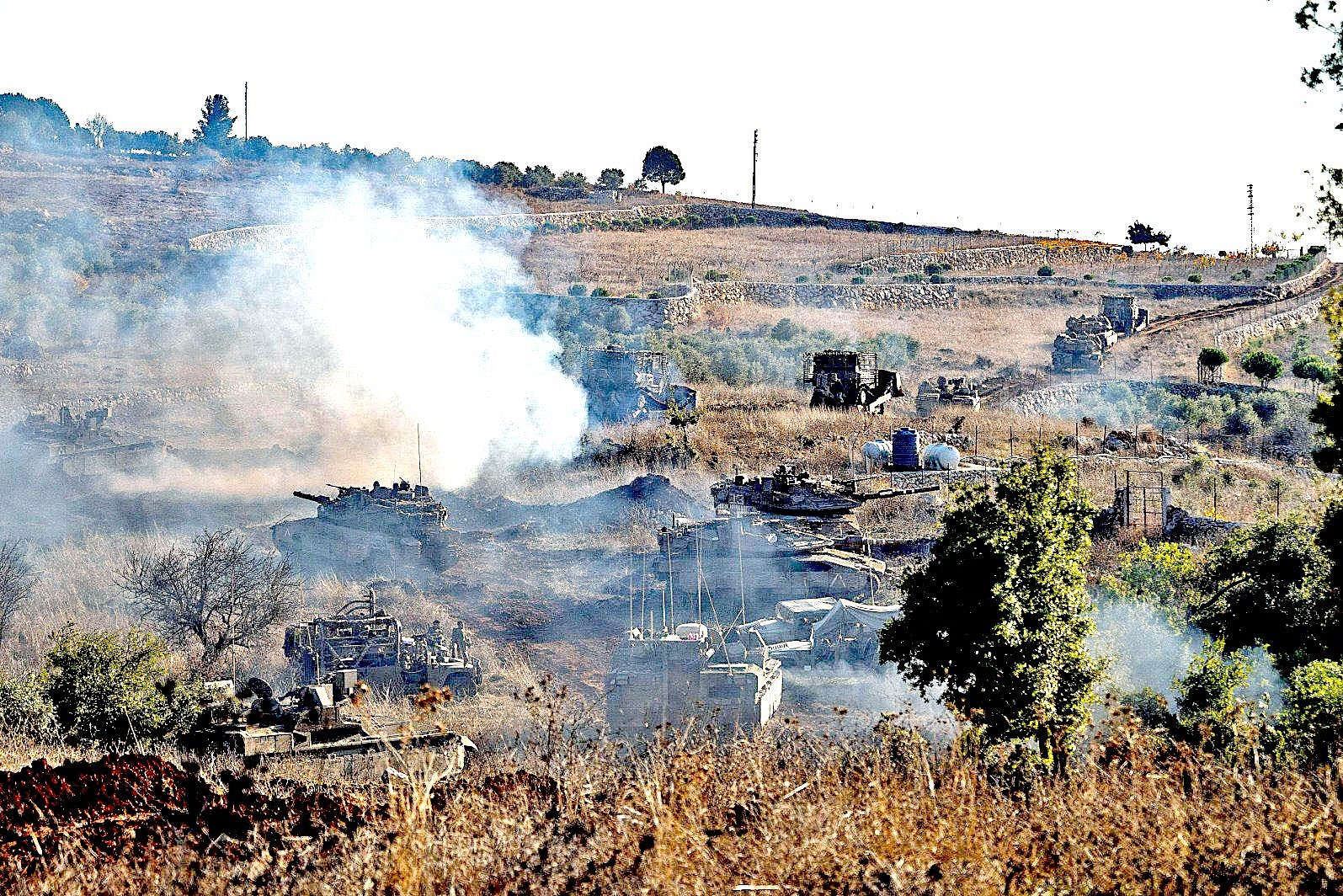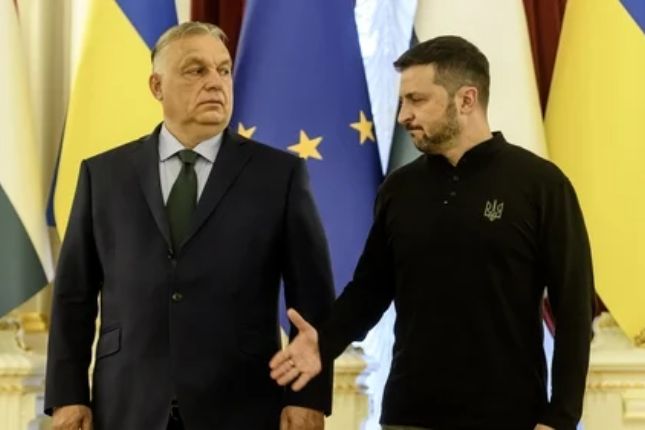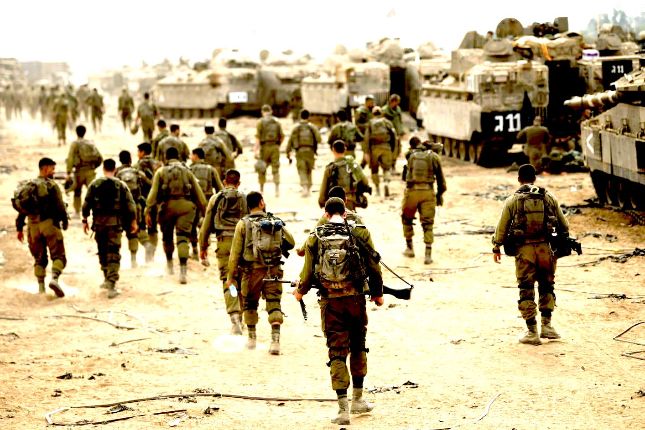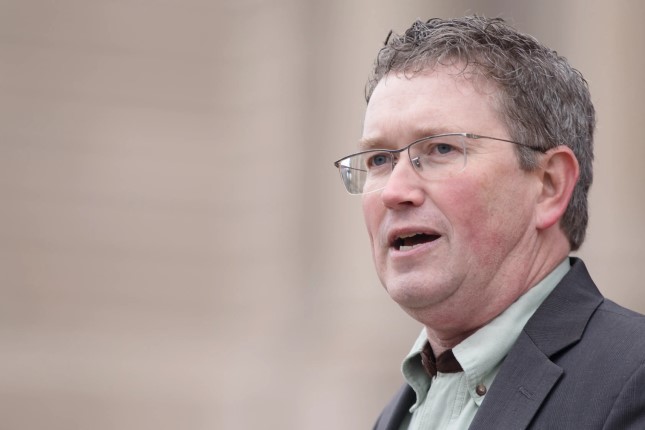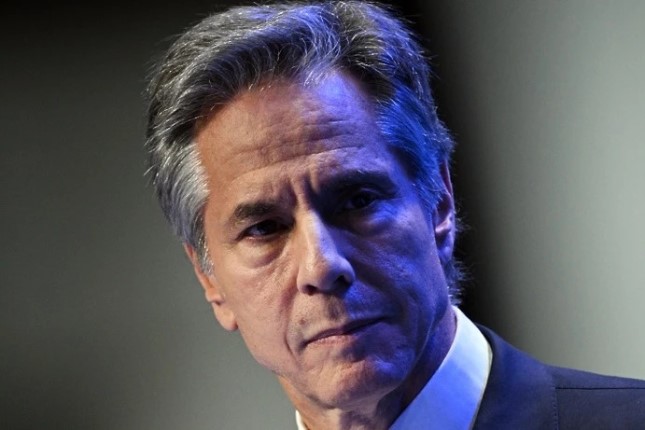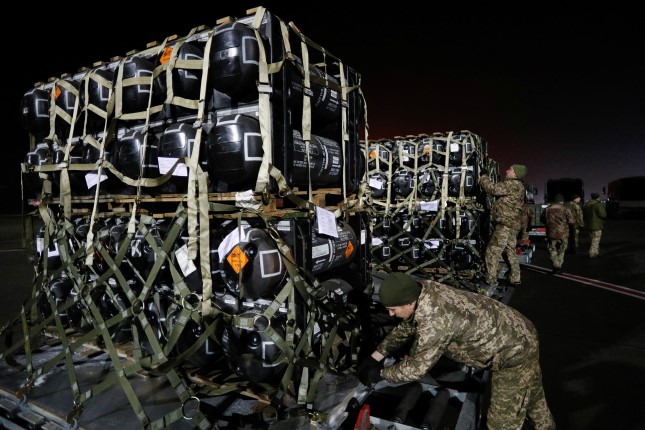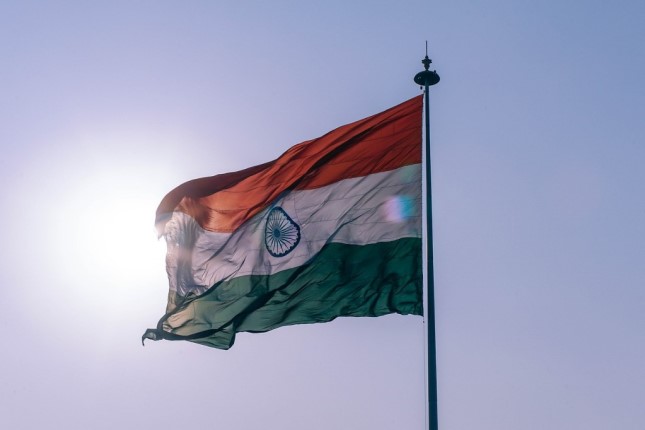Part of the blame falls on Europe and the mainstream media for attempting to suffocate diplomacy.
When the first bilateral talks occurred in the early weeks of the war, the West, led by the United States, Britain and Poland discouraged them and nudged Ukrainian President Volodymyr Zelensky off the promising path of peace and along the path of war with promises of whatever Ukraine needs for as long as they need it. An initialed draft of a peace plan yielded to three years of war.
British Prime Minister Boris Johnson said that Russian President Vladimir Putin “should be pressured, not negotiated with” and told Zelensky that Ukraine should “just fight.” The Americans, rather than encouraging diplomacy that could have saved hundreds of thousands of lives, prevented the poisoning of international relations and prevented the real risk of World War III, ramped up military aid and provided Ukraine with the most advanced weapons NATO had to offer.
Now there is hope of a resumption of those talks. Russian and Ukrainian delegations have met for the first time since those early talks for a first round of direct negotiations. And, once again, rather than nurturing them, Europe and the Western media are dismissing and suffocating them.
Rather than throwing their influential weight behind Ukraine negotiating with Russia, Europe has pushed Ukraine to adopt maximalist terms that they know will force Russia to go on fighting. They try to convince the Trump administration that Putin is bent on conquering Europe and is only faking interest in peace. They push for more sanctions on Russia and more military aid for Ukraine.
Instead of pushing for peace, Germany’s new chancellor, Friedrich Merz, said on May 26 that Germany had removed range restrictions on weapons sent to Ukraine, restrictions that his predecessor, like the United States, had insisted on to avoid crossing red lines that could draw NATO into war with Russia and into a third world war.
Merz claimed that Britain, France and the U.S. had similarly removed restrictions on long-range weapons, allowing Ukraine to fire weapons deep inside Russian territory. Russia responded that “If such decisions have indeed been made, they are entirely at odds with our aspirations for a political resolution and with the efforts currently being made toward a settlement. “Quite dangerous decisions, again – if they were indeed made.”
The Western media has discouraged and shaped public opinion against negotiating an end to the war with a three-pronged strategy. They first misleadingly inform the public that the first round of talks collapsed under the pressure of complete disagreement. They then claim that Russian President Vladimir Putin is demanding the end of Ukraine’s sovereignty. Finally, they argue that capitulation to Putin’s pressure under negotiations is unnecessary because Russia no longer has a decisive edge on the battlefield.
Since the revelation that a draft peace treaty between Russia and Ukraine did exist, Western media outlets from The Wall Street Journal to The New York Times and, most recently, Reuters, have lined up to debunk the peace process and emphasize the distance and disagreement between the two sides that led to the failure of the talks.
This chorus of misleading reporting never mentions that Oleksandr Chalyi, a member of Ukraine’s negotiating team, says that the two sides “concluded the so-called Istanbul Communique. And we were very close in the middle of April, in the end of April to finalize our war with some peaceful settlement.” Nor does it quote another member of the negotiating team, Oleksiy Arestovych, who says that the talks in Istanbul were successful and could have worked and that the Istanbul agreement was 90% prepared and that all that remained was that “question of the amount of Ukrainian armed forces in peacetime.” “We opened the champagne bottle,” Arestovych said.
It buried that the Istanbul diplomacy resulted in a draft agreement that was initialled by the lead negotiators of both sides. It never mentions that Arestovych says that Zelensky “directly meeting with Putin… Was to be the next step of negotiations,” or that the final point of the Istanbul Communiqué states that “The parties consider it possible to hold a meeting on… 2022 between the presidents of Ukraine and Russia with the aim of signing an agreement and/or making political decisions regarding the remaining unresolved issues.” Arestovych fills in the blank by reporting that Zelensky and Putin were scheduled to meet on April 9, and a ceasefire was to take place. These are pretty significant omissions.
Having highlighted the futility of negotiations, the mainstream media turns to their deceptiveness. Putin is not interested in peace, they insist. The talks are a political puppet show to accomplish Putin’s real goal: the subjugation of Ukraine and the destruction of its sovereignty. They insist, without evidence, that Putin’s insistence that negotiations address the “root causes” of the war, is code for “Russia’s demand for wide-ranging influence over Ukraine” that “would severely undermine Ukraine’s sovereignty.”
There is nothing in the historical record that hints that this is what Putin identifies as the root causes of the war. The historical record clearly shows that Russia has always identified the root causes of the war as NATO’s encroachment toward their border and into Ukraine and the need for the protection of ethnic Russians in Ukraine.
And the media knows this because NATO has admitted this. Then NATO Secretary General Jens Stoltenberg has clearly stated that the “promise [of] no more NATO enlargement… was a pre-condition for not invade Ukraine.” And Ukraine’s chief negotiator in the Belarus and the first Istanbul talks has said that stopping NATO from expanding to Ukraine and Russia’s borders was the “key point” for Russia and that “[e]verything else was simply rhetoric and political ‘seasoning.’” Zelensky, himself, has said that the promise not to join NATO “was the first fundamental point for the Russian Federation” and that “as far as I remember, they started a war because of this.” This, too, is an important omission.
Finally, after persuading the public that negotiations are a cover for Russia’s final takeover of Ukraine and that real diplomacy is impossible, the media then persuades its readers that diplomacy is also unnecessary.
A not insignificant reason for negotiations is that Russia is determined to stop NATO’s march to its borders and to protect the rights of ethnic Russians living in Ukraine. They would likely prefer to accomplish this through diplomacy instead of through war and the loss of Russian lives, but they will not give up at the negotiating table what they increasingly seem to be able to win on the battlefield. The media, recently has launched a campaign to cast doubt on Russia’s edge on the battlefield to remove the urgency to negotiate.
In a stunning article in The Atlantic, Anne Applebaum reports that “Ukrainians are confident that they can continue fighting, even without the same level of American support.” She may be the only analyst who believes that. She goes on to report that “the prospect [of continued war] no longer scares them” and that “Ukrainians now talk about the war” with “nonchalance” and “even humor.”
Bloomberg reports that “Russian forces in Ukraine have made only small territorial gains this year amid steady resistance from Kyiv’s military, undercutting President Vladimir Putin’s assertions that his army has gained the upper hand in the war.”
If Russia’s territorial advance has slowed, its edge in attrition, which is a more significant metric of success in this war, has not. Reasonable analysts have recently estimated that as many as three-quarters of a million Ukrainian soldiers are dead and another three-quarters of a million have been wounded severely enough that they will not return to the battlefield. At this rate of attrition, combined with Russian pressure and advances, they suggest that the Ukrainian armed forces could collapse in the next half a year to a year.
Even The New York Times admits that Ukraine is running out of interceptor missiles for its Patriot systems, while Russia “upgrade[s] its arsenal,” including advances in hypersonic missiles that make them even “harder to intercept.” The Times goes on to concede that “In recent weeks, Russian advances have increased in a pocket of land between Pokrovsk and Kostiantynivka, two linchpins of the Ukrainian defense in the eastern Donetsk region.”
Ukrainian soldiers even concede that Russia has taken the lead in the one area in which the Ukrainian armed forces may have once enjoyed an advantage. If Ukraine once “had a clear advantage” in drones, “now the Russians have at least parity, and in some areas a very significant advantage” (translation courtesy of Geoffrey Roberts),” including in a new kind of drone that is guided by fiber-optic cables that make them, unlike radio-controlled drones, impervious to electronic jamming.
“I hope,” former head of the Ukrainian armed forces Valery Zaluzhnyi said on May 22, “that there are not people in this room who still hope for some kind of miracle or lucky sign that will bring peace to Ukraine, the borders of 1991 or 2022, and that there will be great happiness afterward.”
Contrary to the European and mainstream media campaign, the 2022 bilateral talks in Istanbul show how close peace can be. The alternative to the resumption of talks is the continuation of war, a war that Ukraine is losing at an incomprehensible rate of loss of life. It is very hard to conceive of why Europe and the Western media are cheerleading for the second alternative.
Source: AntiWar.com.
